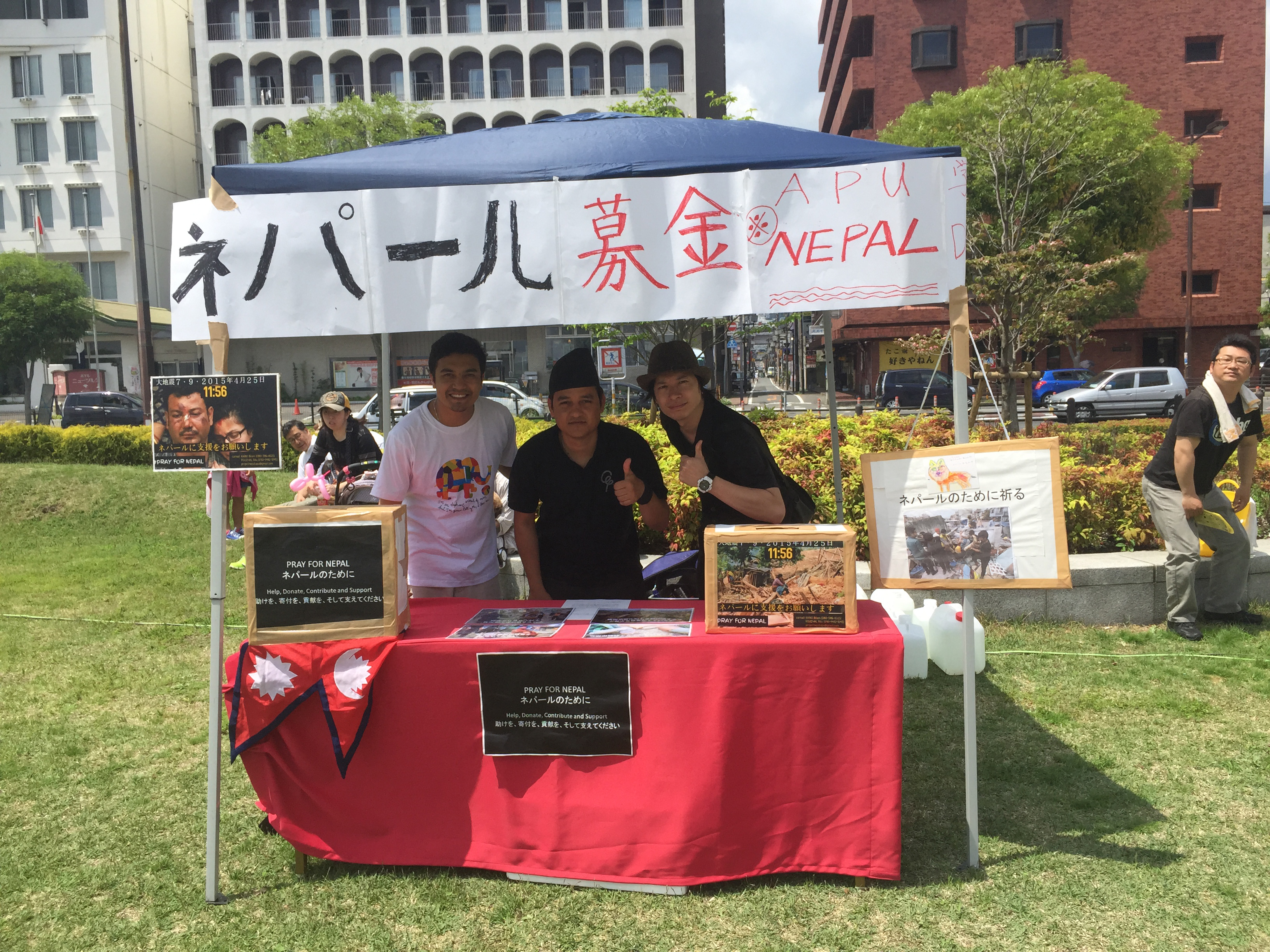On April 25, Nepalese Bilam Karki was driving in Beppu, Oita Prefecture, when he learned about the catastrophic earthquake that had struck the central part of his home country, with the news spreading fast via social media.
"My mind went numb, couldn't think anything, my hands and legs started shaking because I know how houses are built in my country," said Karki, 30, who works for an organization that supports people with disabilities in Beppu.
The magnitude-7.8 quake, followed by powerful aftershocks, caused massive damage to the capital, Kathmandu, claiming the lives of thousands of locals and foreigners, including a Japanese climber.


















With your current subscription plan you can comment on stories. However, before writing your first comment, please create a display name in the Profile section of your subscriber account page.